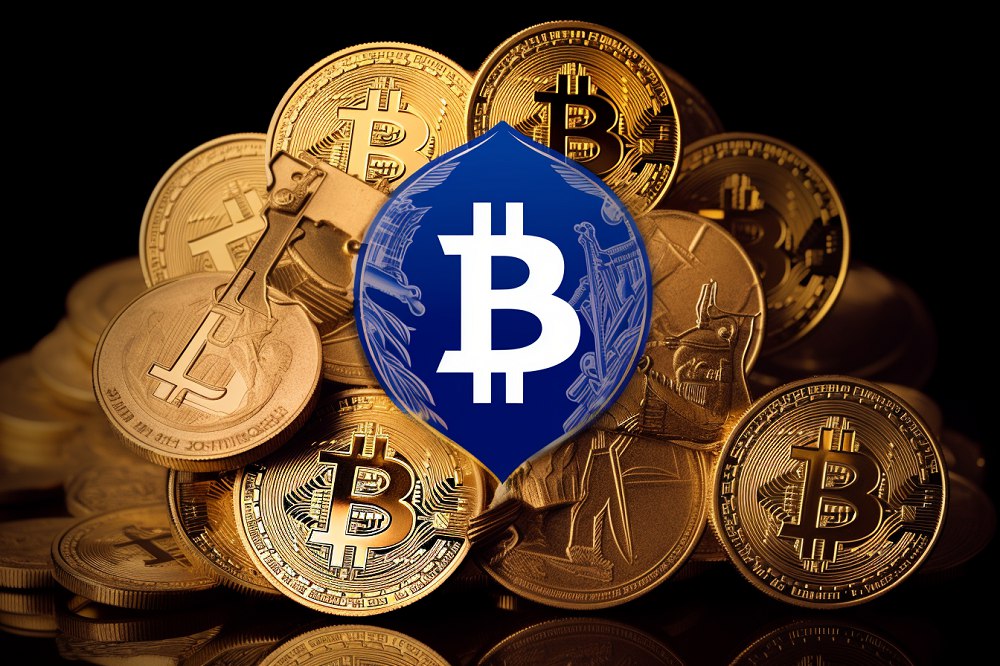The leading US crypto exchange, Coinbase, has introduced support for the Lightning Network. This update promises a faster and more cost-effective way for users to conduct Bitcoin (BTC) transactions directly from their Coinbase accounts.
Before this update, Coinbase’s BTC transfers used traditional on-chain processing. With this method, transaction times ranged from 10 minutes to two hours. In addition, during peak network activity, users faced significant transaction fees.
Lightning Network Milestone
The Lightning Network, launched in 2017, stands out as a Layer 2 innovation incorporated into the Bitcoin blockchain. This innovative protocol, designed to address scalability issues, operates via bi-directional payment channels.
This allows for quick, cost-effective transactions beyond the immediate settlement confines of the base layer. Viktor Bunin, the protocol specialist and Lightning integration lead at Coinbase, expressed his delight at the unveiling of Lightning integration, adding that it would broaden the utility and accessibility of BTC globally.
Bunin stated that the collaboration with Lightspark brings a new era of quick and cost-effective BTC transactions, exemplifying a significant step forward for the Bitcoin ecosystem. The fee structure of the Lightning Network is divided into separate components.
The foundation is a nominal base fee as low as one satoshi (the smallest BTC denomination, worth less than $0.01). Additionally, liquidity providers charge a fee or rate as a percentage of the transaction value. Notably, node operators can adjust their fee structures to align with liquidity-locking commitments, promoting a flexible fee structure that supports network sustainability and growth.
Cost Implications
According to Bunin, Coinbase has set an initial withdrawal limit of $2,000, ensuring that the maximum associated fee remains $2. While this fee exceeds the average cost of Ethereum Layer 2 transactions, it is still significantly lower than traditional BTC blockchain transactions.
Bunin explained the rationale for the conservative withdrawal limit — the importance of maintaining a high Lightning payment success rate. Despite Lightning’s ability to handle large BTC sends, performance decreases as transaction size increases.
Accordingly, Coinbase aims to improve user experience by starting with a lower limit but will adjust limits in response to user feedback and network liquidity improvements. Coinbase highlighted the significant cost savings that its Lightning Network integration provides.
According to the crypto firm, sending BTC globally via Lightning is 20 times cheaper than the typical 2% fee on credit card transactions and less expensive than the $30 charged for wire transfers. This integration allows users in select regions to choose between Lightning and the Bitcoin base layer for withdrawals and payments.
However, Coinbase has yet to specify which areas will be supported upon launch. Bunin clarified that the Lightning Network Integration rollout will be handled individually, implying that not all regions will have immediate access to this feature.
Partnership with Lightspark
Meanwhile, Lightspark CEO – David Marcus – remarked that this partnership highlights Coinbase’s dedication to improving user experience and asset security while leveraging Lightspark’s expertise in channel liquidity management and route success rates.
He also called the collaboration a milestone in the evolution of Internet payments, allowing millions worldwide to conduct fast and affordable BTC transactions. Marcus is well-known for his roles at PayPal and Meta, including leading the Diem stablecoin project.
Layer 2 Adoption
Moreover, Bunin stated that Coinbase Wallet, a web3 non-custodial wallet, has yet to make any immediate plans to integrate the Lightning solution. He explained that Coinbase wants to observe the Lightning Network’s progress and adoption among Coinbase users before an additional integration.
Bunin expressed interest in product expansions such as Coinbase Wallet and Coinbase Commerce. He cited the adoption of Layer 2 solutions in other ecosystems, such as Ethereum, where approximately 35% of all ETH transactions are off Layer 2 protocols. Despite acknowledging the different dynamics of Bitcoin and Ethereum, he predicted a gradual increase in Layer 2 usage across both networks, driven by the desire for cost-effective and quick transactions.
